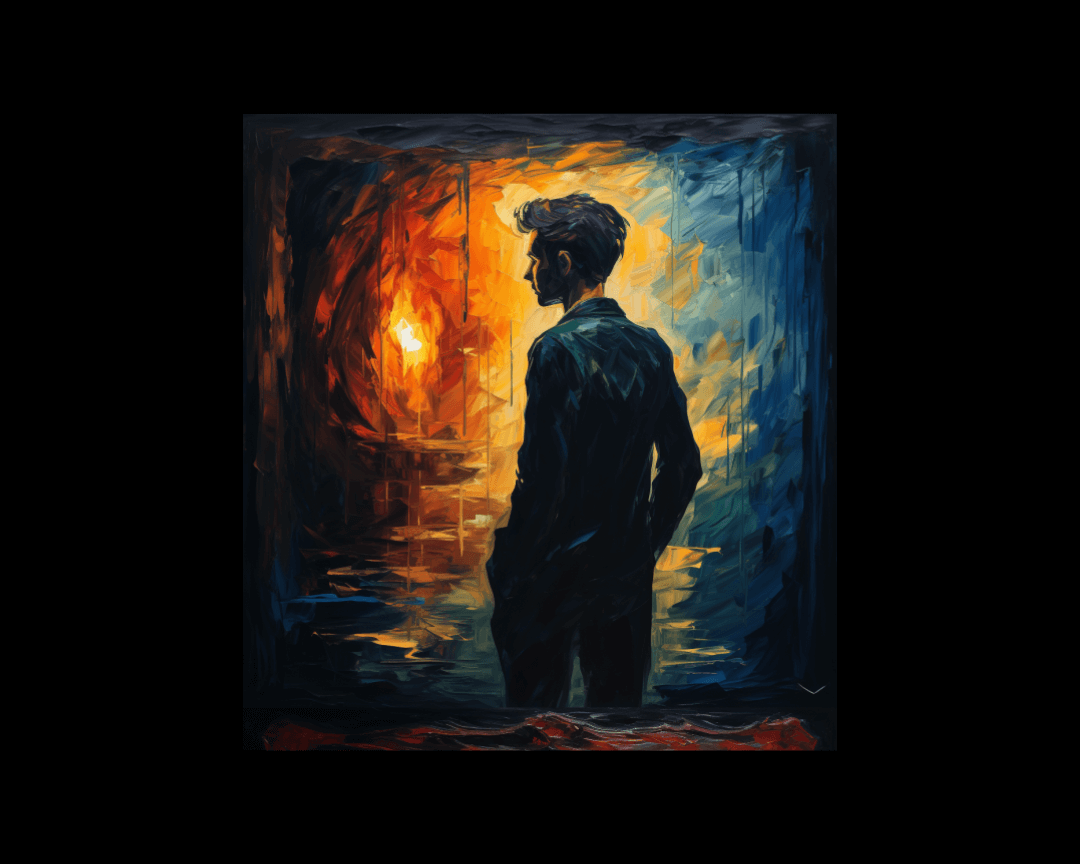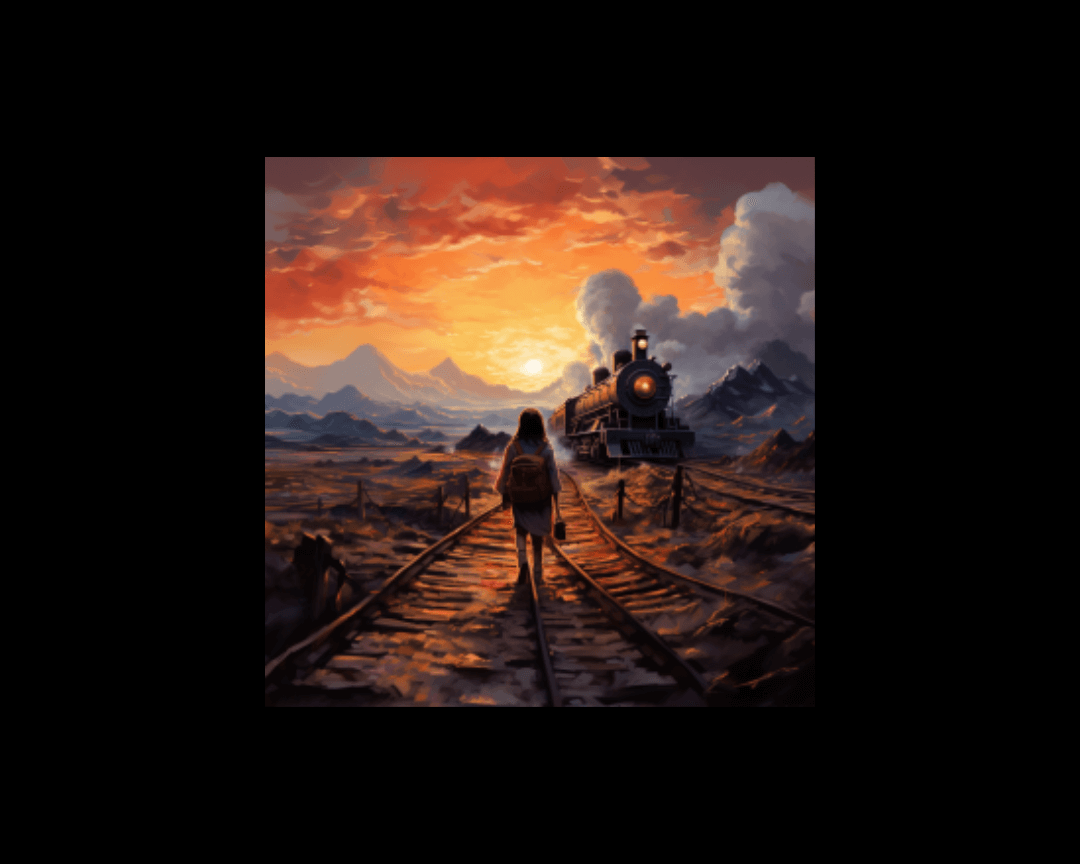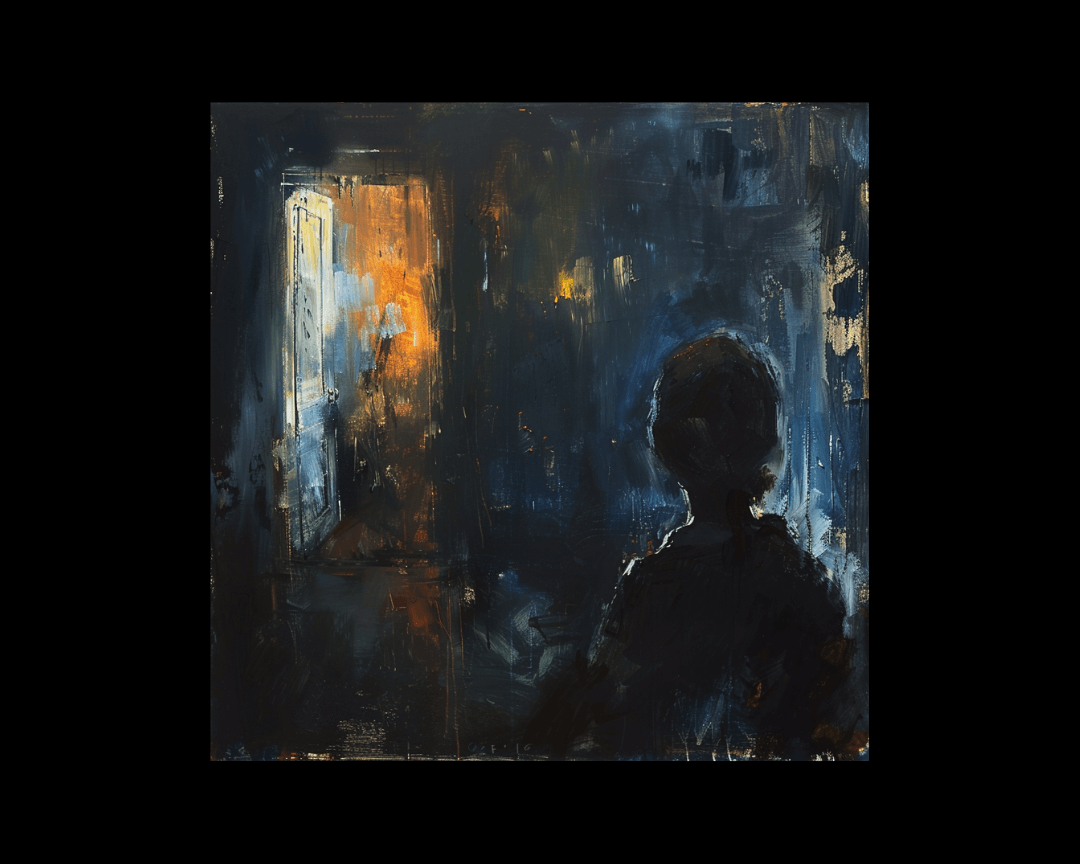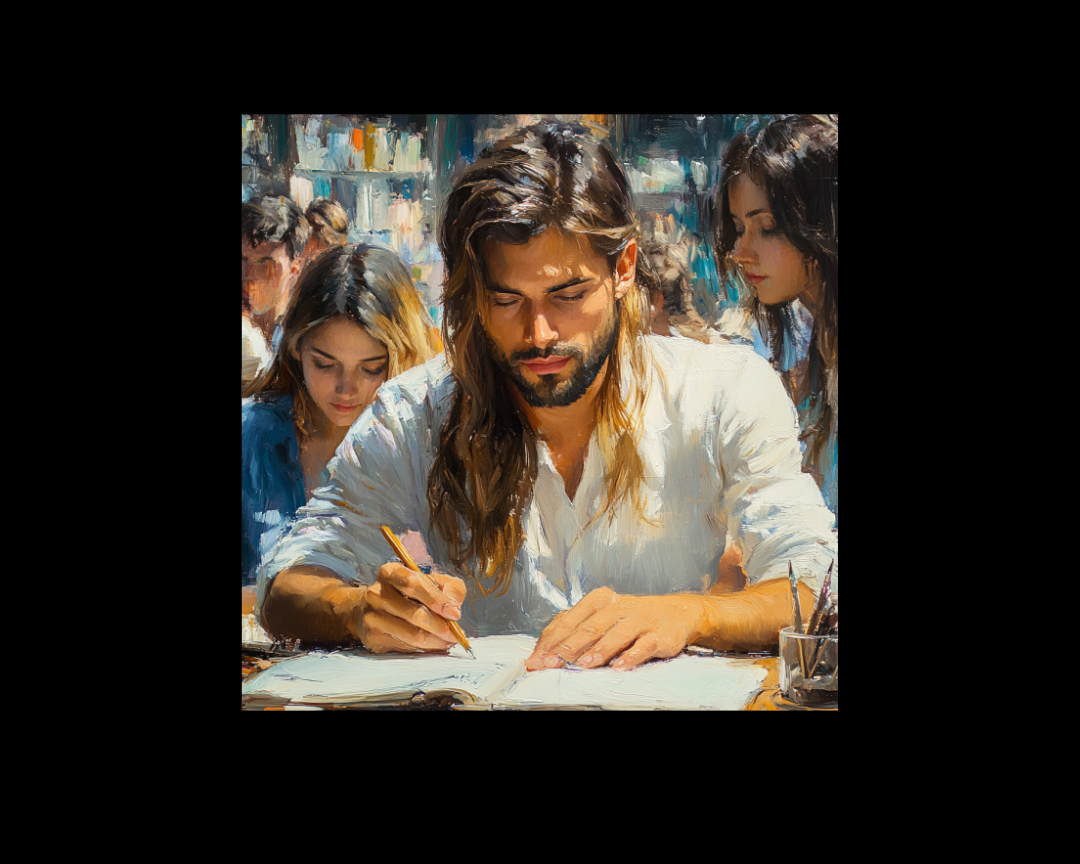6 Essential Steps to Take an Idea to a Tale
There's this sense of excitement when you start to brainstorm an idea. You’re getting ready to tell a story no one’s ever told! You sit down, have...
5 min read
 Writing Team
:
Oct 26, 2023 2:25:13 PM
Writing Team
:
Oct 26, 2023 2:25:13 PM

How can you ensure that readers genuinely care about your plot and characters? How do you create the tension that keeps pages turning, leaving your audience on edge?
If anyone can provide insights into this art of tension, it's Jack Jordan. As the globally acclaimed, number one bestselling author of gripping psychological thrillers such as 'Anything for Her,' 'My Girl,' 'A Woman Scorned,' 'Before Her Eyes,' 'Night by Night,' and 'Do No Harm,' Jack Jordan is a master in the realm of crafting tension in stories.
In the following guide, he generously shares his top tips and underscores the significance of an almost unanswerable moral dilemma in generating tension and internal conflict within a story.
Moral dilemmas are potent for cultivating tension in creative writing because they mirror real-life scenarios we all encounter, albeit on varying scales.
As humans, morality is at the core of our being. Morals are our internal compass, guiding us through life's labyrinthine pathways.
On a broader scale, societal norms and regulations are society's version of these morals, forming the framework of unspoken rules that govern our lives.
Our morals are so tightly intertwined with societal expectations that we may not even recognize our countless daily choices or opportunities to deviate from them.
Every minute, we consciously opt for the ethical path. We choose to rise and go to work, pay our taxes, and tolerate traffic rather than recklessly bypass it.
Thus, a continuous internal struggle unfolds between our innate instincts and the social contract that binds us together, often pulling us in opposing directions during both pivotal life events and mundane daily routines.
Good and evil are so closely intertwined within us that being compelled to act against our moral principles can have a profound, agonizing impact.
In essence, these moral fibers are intrinsic to every individual. They define our perception of right and wrong, good and evil, and significantly influence our choices.
"We all live by these threads of humanity, driven by the fear of being labeled 'bad' and the dread of paying the consequences for making the wrong decisions. They are deeply ingrained within us and have the potential to tear a person apart when they are forced to compromise their morals.
For writers, this is where the magic happens. This is 'the moral dilemma,' it serves as an ingenious means to introduce tension into a story.
A moral dilemma, by definition, is a scenario in which an individual is confronted with a difficult choice between two courses of action, both of which would require them to betray a moral principle.
These dilemmas are why timeless tales like 'Romeo and Juliet' endure and why 'Sophie's Choice' is prominent in popular culture. Moral dilemmas possess an innate ability to captivate and terrify us. They evoke an intriguing and electrifying internal tension.
In fiction, the moral dilemma stands as an invaluable instrument.
From a structural perspective, a dilemma propels the narrative forward with an undercurrent of tension and anticipation. On a deeper level, it exposes the protagonist's humanity (or lack thereof), forging an emotional bond between the reader and the character as they wrestle with their inner turmoil.
Ultimately, the moral dilemma achieves one critical objective: it places the reader in the protagonist's shoes and compels them to ponder, "What would I do in this situation?"
In Adrian McKinty's 'The Chain,' a mother is targeted by a perilous criminal syndicate. She must either kidnap another child or risk losing her own forever, becoming part of a chain of parents caught in a similar moral quagmire. The emotional tension is palpable, even from this concise description.
In 'Sophie's Choice,' one of the most infamous moral dilemmas in literature, Sophie reveals a harrowing secret to the narrator. During her internment in a Nazi concentration camp, she faced an excruciating decision: choosing which of her two children would live and which would perish.
On the surface, these choices seem insurmountable. However, they are equally impossible to ignore because the consequences of inaction are too dire. It is the aftermath of not choosing that anchor the moral dilemma. The key to a compelling dilemma lies not only in the protagonist's choice but also in the repercussions that await them should they make the wrong decision.
While there's no foolproof formula for generating suspense and tension in fiction, if you're considering employing a moral dilemma to build tension in your narrative, contemplate the following questions, either for yourself or your protagonist:
What holds the utmost significance in your world, and to what lengths would you safeguard it?
What is a deed you could never bring yourself to perform? Under what desperate circumstances would you be driven to act against your principles?
Once you've formulated your moral dilemma, delve deeper into the repercussions of each potential decision the protagonist could make (and, as a bonus, consider imposing a time constraint on their choice—few things heighten tension like a ticking clock).
You may opt for a morally compromised yet retrievable outcome, as seen in 'The Chain,' where abducted children can survive if their parents comply with the demands.
Alternatively, you can explore a darker path to amplify tension in your narrative: probe the depths of your character's soul, akin to 'Sophie's Choice.' In opting for one child's survival over another, Sophie must grapple with the enduring consequences of her actions.
To conjure these consequences for your moral dilemma, reflect on these questions:
Whether child abduction, heart surgery, or life-and-death decisions, we, as writers, have the creative license to propel our characters to the brink of their morality.
This approach effectively generates tension in a story because it doesn't merely inject adrenaline into the characters and allows readers to evaluate their moral compass and reaffirm their identity. This process keeps readers contemplating what actions they would take. Psychology Today says humans are naturally wired to revel in this reflective exercise.
"Evolution has honed our survival instincts to the point where it feels natural and sometimes even enjoyable to... well, survive. From a young age, we enjoy flexing our survival instincts and exploring fear within a safe context."
Moral dilemmas serve as the ultimate conduit for exploring our inner selves, especially when readers can establish an emotional connection with the internal turmoil afflicting the protagonist.
Here are some illustrations:
Sophie reveals she had to choose between which of her children should live and which should die.
Sephy, a Cross, and Callum, a Nought, embark on a forbidden love affair despite being from contrasting societal backgrounds.
A mother is targeted by a dangerous syndicate, forcing her to abduct another person's child to save her own.
When she discovers her suitor is already married, Jane must decide between love and honor.
Anna must choose between her marriage and societal status or following her desires, potentially sacrificing everything she holds dear.
A flight attendant faces an excruciating choice: save her child or the passengers onboard a non-stop flight from the UK to Australia.
Bella must choose between eternal life with a vampire or falling in love with a werewolf while keeping her soul.
A notorious criminal ring kidnaps the child of heart surgeon Dr. Anna Jones and presents her with an ultimatum: kill a patient on the operating table or lose her son forever.
The more imminent you render the decision and the higher the stakes, the sharper the dramatic tension, and the more intensely your readers will engage emotionally.
By presenting your protagonist with an impossible choice and compelling them to take a path, you unleash a high-stakes moral dilemma that ensures tension and turmoil, regardless of the character's direction. This narrative technique will keep your readers yearning for just one more page, even during the quieter phases of your story."

There's this sense of excitement when you start to brainstorm an idea. You’re getting ready to tell a story no one’s ever told! You sit down, have...

The Challenge and the RewardIn storytelling, the protagonist's journey often takes center stage. Readers watch, transfixed, as characters navigate...

Narrative nonfiction is a genre of writing that uses the techniques of fiction—such as character development, storytelling, and scene-setting—while...